The Doruchów witch trial of 1775 remains as one of the most infamous episodes in Polish history. It highlights the dangerous grip of superstition on society. On January 17, 1775, the small village of Doruchów was said to host a notorious witch trial. However, it is often referred to today as the Doruchów Lynching. This chilling event serves as a grim reminder of how fear and hysteria can lead to tragedy. It also marks a pivotal moment in history, bringing an end to witch trials in Poland. However, the story remains cloaked in mystery, with little evidence to fully confirm its authenticity. Let’s delve into the story of the Doruchów Witches, its historical significance, and the lingering questions that surround it.
The Curse of the Polish Plait…
At the center of this dark chapter was Mr. Stokowski, the lord of Doruchów. It seems that Mr. Stokowski’s wife had fallen ill with a strange condition known as Polish plait. According to Historically Speaking:
Historically known as the Polish plait, this condition usually results when dirty, neglected, and uncombed hair becomes irreversibly tangled and forms a matted, malodorous, moist stiff mass of hair. Plica Polonica presents typically as an elongated firm to a hard mass of keratin permanently cemented together with crusted pus, blood, nits, and dirt. Plica (or Plicas) may be associated with damage to sections of the cuticle (the hair-shaft’s tough protective outer layer) hereby exposing a moist sticky cortex to which other similarly affected hair shafts adhere. The condition is mildly odiferous and capable of causing adhesion and matting of hair-shafts.
A Polish Plait was thought to possibly be a symptom of an internal illness. An illness that was caused by someone casting a spell on them. Desperate for answers, Mr. Stokowski sought the help of a local fortune-teller. This unnamed fortune-teller claimed that witches in the village had cursed his wife.
The fortune-teller named three women as culprits: Dobra, the wife of a wealthy landowner, a widow who was rumored to have killed her child, and a woman who was accused of using leaves to summon mice.
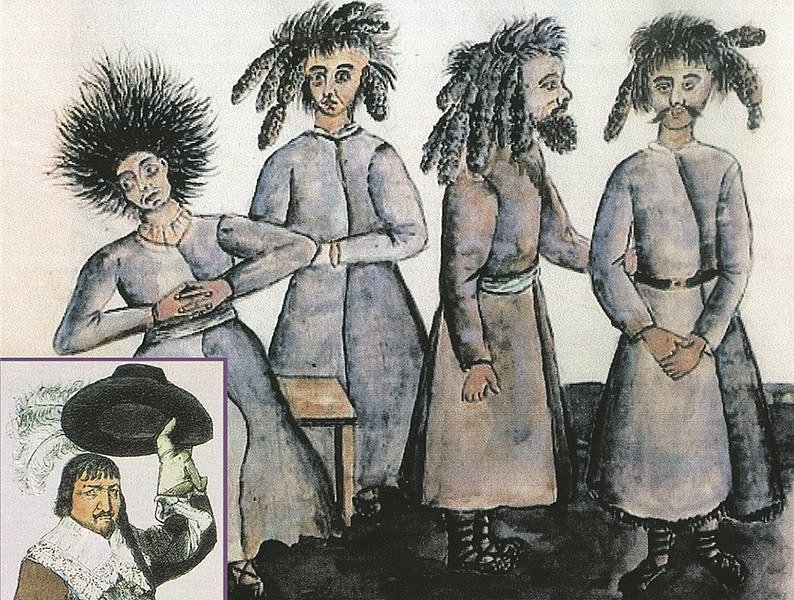
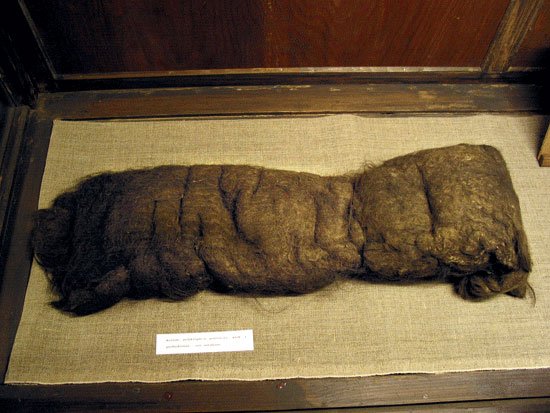
The accusations quickly snowballed, targeting additional women: farmers’ daughters, another widow, and even a servant.
Despite the objections of a local rector, panic took hold, and the women faced the infamous trial by water. Fully clothed, the accused were thrown into water, their survival ironically sealing their fate as witches. Soaked dresses acted as crude flotation devices, condemning them by superstition’s twisted logic. Afterward, the women were confined to barrels inscribed with religious symbols in a grim display of supposed divine judgment.
The Doruchów Witch trial escalated into a macabre spectacle. Torture was employed to extract confessions, with women stripped, hung on hooks, and brutalized. Many succumbed to their injuries before they could even face formal accusations. Those who survived were executed, their bodies burned at the stake in the village square. The gruesome events shocked the region and left an indelible mark on the nation’s history.
But….Did it really happen?
Questions linger about the authenticity of the Doruchów Lynching. Historical records of the event are scarce, and much of what is known comes from oral traditions and later accounts. Historians like Szymon Wrzesiński and Bohdan Baranowski have documented the story, but no primary court records have been uncovered. The vivid details, barrels with holes, torture hooks, may be folkloric embellishments, passed down and exaggerated over time.
Still, the broader historical context lends credibility to the tale. Witch trials were common in rural Poland from the 16th to 18th centuries. Superstition often fueled acts of mob justice, especially in regions like Kalisz. Most scholars agree that a witch trial occurred in Doruchów in 1775. The exact details remain unclear, but the broader historical context supports the tale.
The trial sparked immense public outcry. Within a year, the Polish Parliament acted decisively. They abolished the death penalty for witchcraft and banned torture in such cases. The Doruchów Lynching, whether entirely factual or partly myth, became a symbol. It highlighted the dangers of mass hysteria and the need for justice based on reason, not fear.
The Doruchów Witch Trial’s Modern Relevance
The story of the Doruchów Witches still lingers, its echoes felt even in modern times. While witches may no longer haunt our fears, the patterns of scapegoating and hysteria remain disturbingly familiar. From conspiracy theories to violence against marginalized groups, the same dangerous impulses resurface. The Doruchów Lynching stands as a stark reminder of how fear, left unchecked, can overpower both compassion and reason.
While the women will forever remain shrouded in mystery, their legacy lives on. Their story marks the end of Poland’s witch-hunting era. It also serves as a stark warning about the dangers of unchecked superstition and hysteria.
What are your thoughts on this haunting tale? Does it remind you of similar patterns in history? Share your perspective below.
The fear of witches has left its mark across the world, from Poland to the American West. In Utah, a local legend tells of the Witch of Parley’s Hollow, a spirit said to linger in the canyon, her story twisted by time and fear. Could these tales of accused witches, centuries and continents apart, reveal something deeper about the way we remember them? Discover the haunting legend of Parley’s Hollow here.
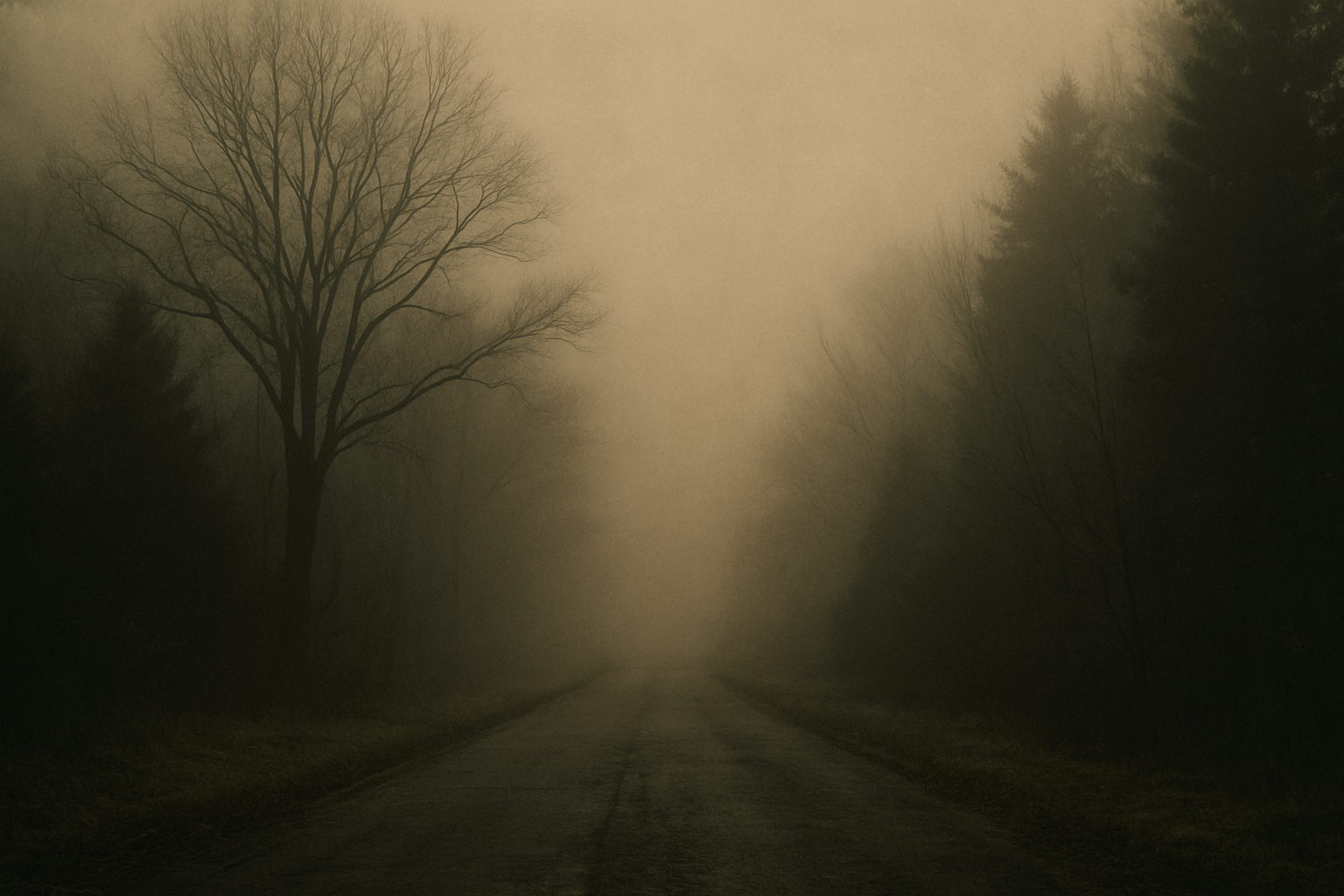

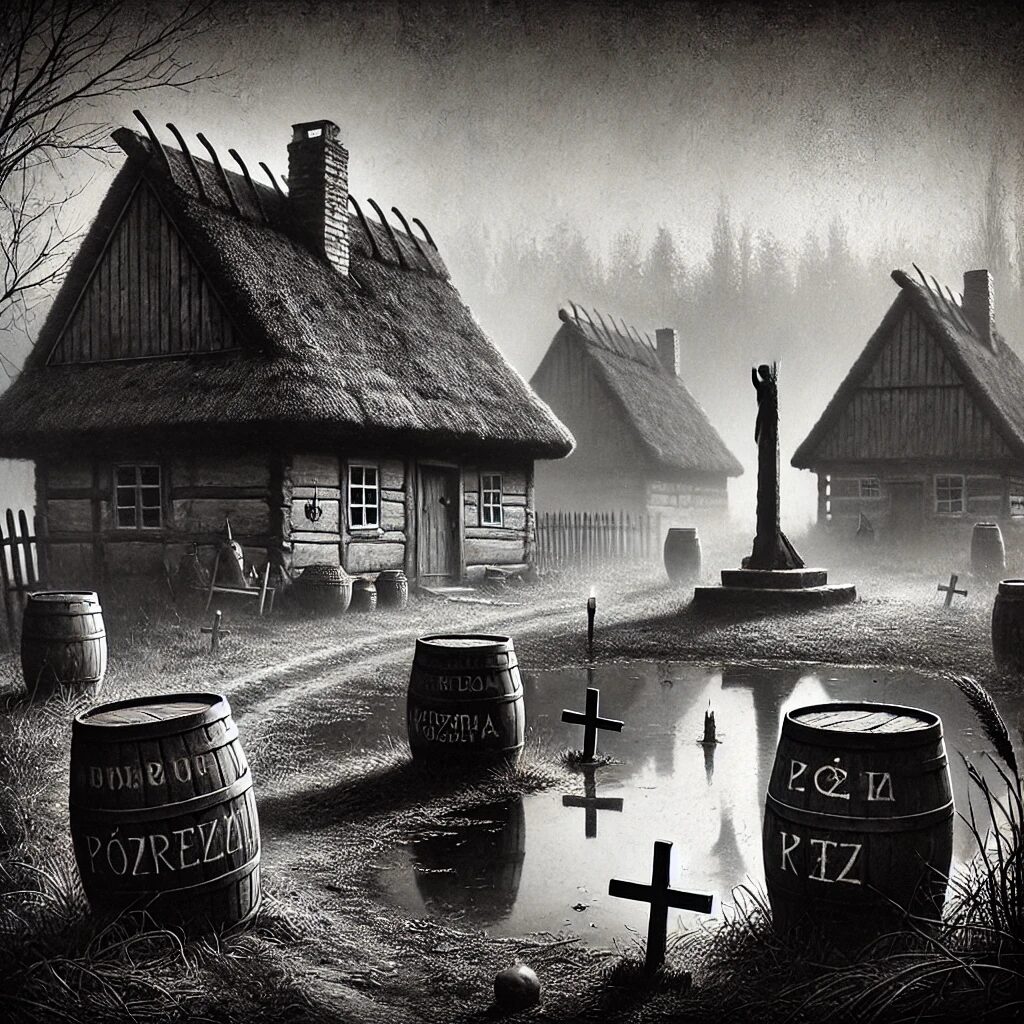
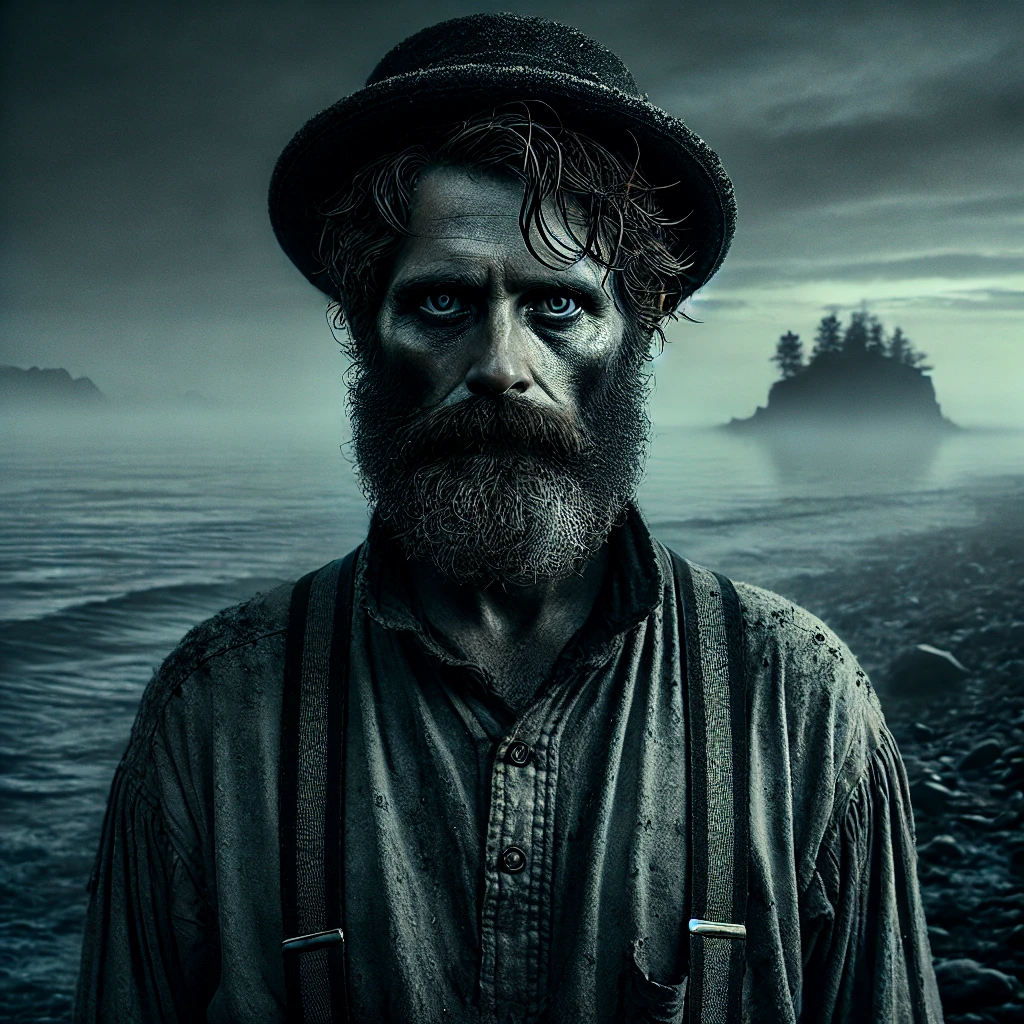
2 Comments